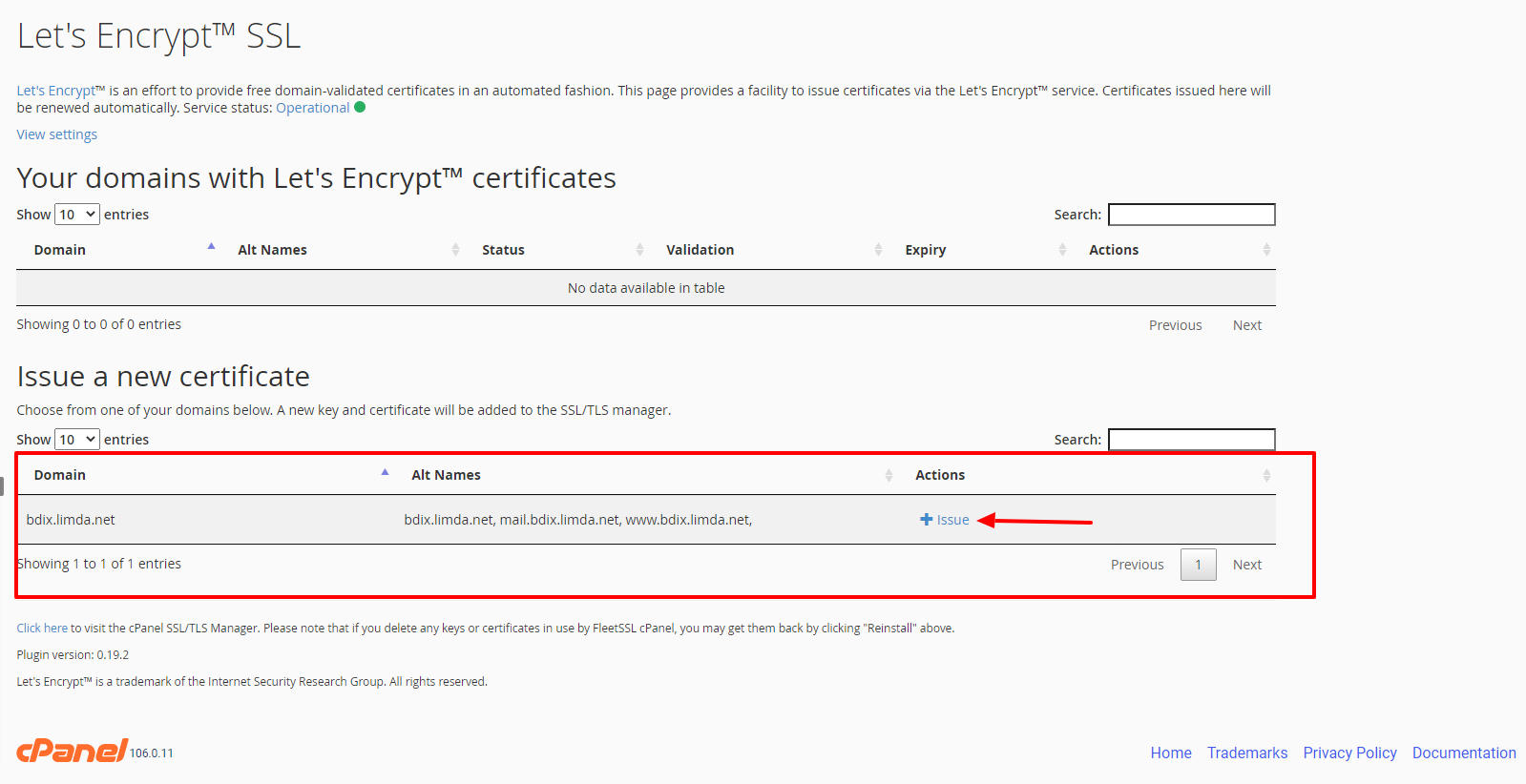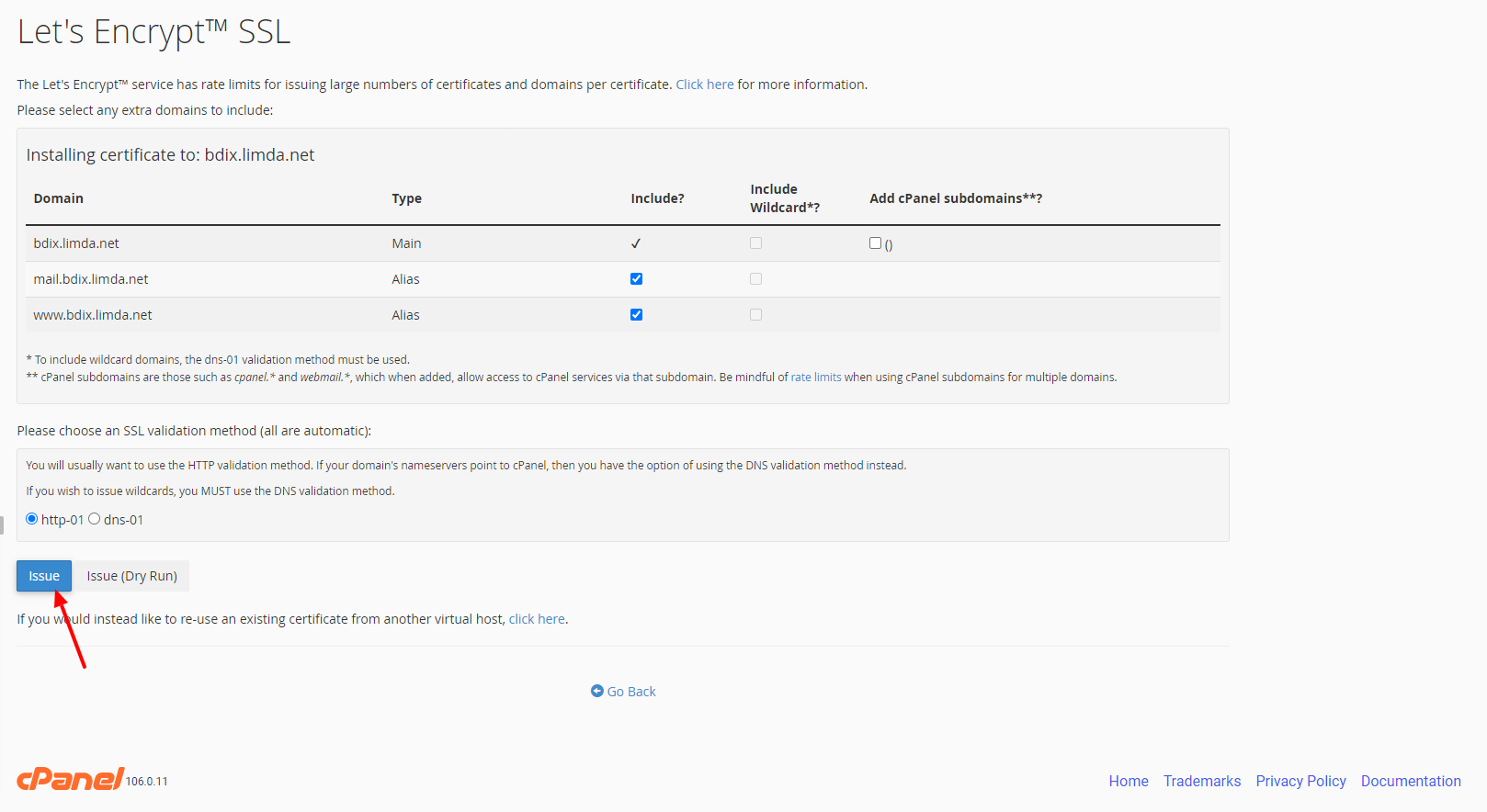What is SSL Certificate?
An SSL certificate (Secure Sockets Layer) is a type of digital certificate that is used to establish a secure and encrypted connection between a web server and a web browser. It is used to secure online transactions and protect sensitive information, such as login credentials, credit card numbers, and other personal data, from being intercepted and stolen by hackers.
An SSL certificate works by creating a secure and encrypted connection between a user’s browser and a website’s server. When a user visits a website that has an SSL certificate installed, their browser will establish a secure connection with the server using a process called the SSL Handshake. Once the connection is established, all data exchanged between the browser and the server will be encrypted, making it much more difficult for hackers to intercept and steal sensitive information.
To install an SSL certificate using Let’s Encrypt SSL in cPanel, follow these steps:
- Log in to cPanel.
- In the “Security” section, click on “Let’s Encrypt SSL“.

- Click the Issue button for the domain which you want to install the SSL certificate from the menu.

- Confirm the installation by clicking on the “Issue” button.

It may take a few minutes for the SSL certificate to be issued and installed. Once the installation is complete, you will see a message indicating that the SSL certificate has been installed successfully.
You can also verify that the SSL certificate has been installed correctly by visiting your website using https instead of http.
Please note that you may need to configure your website to use the SSL certificate and update any links or images to use https instead of http.
Also, please verify that your DNS settings are pointing correctly to your server IP before installing the SSL certificate.
If you are using the Cloudflare DNS then follow this instruction. Click here